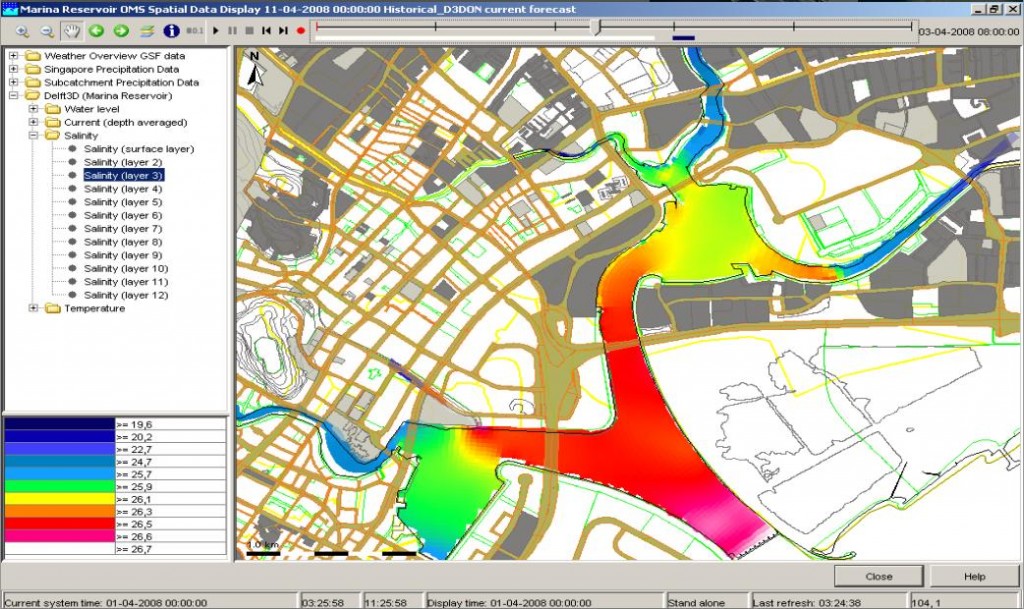Yesterday I had the privilege to attend the KIVI year conference focused on Delta Cities. After 3 sessions and a wonderful plenary program (which included a very educational keynote speech by the vice chairman of the China institute for innovation and development strategy) I left Delft feeling very inspired and a bit overwhelmed.
I tried to organize everything I heard by answering a question asked during one of the sessions: “What does the ideal urban delta look like?” In this drawing I made on the train ride home you can find my interpretation, below I described it based on the input from the conference.
The first work session I attended focused on water supply in Singapore, organized by Deltares and PWN technologies and incredibly interesting. Singapore is an inspiration for the rest of the world. Natural waters are incorporated in the urban water system and will function as drinking water reservoirs. Extensive models are used to predict the water quality in the reservoirs, and results are translated into protocols for action. This information is available to people involved via an app. In the drawing you can see some natural water incorporated in the water system of the city, the transaction of river into ocean controlled by a dam and precipitation influencing the model outcomes for water quality.
The second sessions was focused on global security challenges and urban issues. Terms that I connected to this talk were livability, density, politics, bottom-up Vs. Bottom-down, innovation, public space, people, culture, dynamic, vibrant, peace, integration, recreation, jobs, sustainability. A whole lot! In my humble opinion an urban area would be a place where innovation can start bottom-up and is supported bottom-down. People are free to build their own lives and be economically sustainable. There is public space where people can come together, here is space for culture, education and development. This happy and peaceful lifestyle is supported by proper infrastructures and public utilities.
The final session was titled “feeding metropoles, a battle for the fertile delta”. I had asked this question earlier at the second talk, “is agriculture considered very much in these discussions about urbanization?” And with this last talk my question was answered. Agriculture is of course very necessary, but it is competing for space with urbanization and nature, see video by Value Mediation Partners. In my interpretation agriculture needs to be as efficient and as productive as possible. To limit transport costs and environmental impact you would like to have it as close to the city as possible. This way it is also possible to manage waste and resource streams as effectively as possible.
Furthermore some topics that came across in the hall ways were transport by cargo, flood protection and making space for water, building with nature, (or like nature, that one building in the drawing is shaped like a plant), adding green to the city in green roofs and green walls, sustainable energy production, those weird blue things in the drawing are supposed to be solar panels.. and in my eyes a very interesting idea, it could be better for social dynamics to not have one big interconnected city, but rather several high density areas between which easy transport from one part to another is possible. This drawing could represent one big urban area.
Urban delta’s are very complex and their future challenges should not be underestimated. Fortunately yesterday I met a lot of brilliant, inspiring people who will help us design the way.


